The use of nanoparticles and other nanoscale materials has been gathering a lot of significant interest in recent years and has even adapted into its own interdisciplinary field of science known as nanomedicine. Whilst there are still some issues to be ironed out within the nanomedicine field, it has brought about great advances within medicine, including many nanoparticle-based therapies for cancer. Given that the alternative to such treatments is longer periods of intensive chemotherapy and radiotherapy (although some therapies still use these processes but the cancer killing effects are more enhanced), there has been a lot of research dedicated to fighting cancer within the nanomedicine sector.
Cancer is currently on the rise. Currently, around every 1 in 8 males in the UK will be diagnosed with prostate cancer, with there being a significantly higher risk if the males are older, or if there is a pre-existing history of the cancer in the family. There are a range of nanoparticle therapeutic treatments undergoing developments, some of which are used to enhance the effects of chemotherapy and radiotherapy, whereas others deliver specific drugs to cancer cells.
Nanocarrier vessels are the most widely used therapeutic treatment for all types of cancer, as it enables the cancer-killing drug payload to be delivered to a specific site of interest (i.e. the tumour), whereupon the drug is released to the cancer cells, thus destroying them, whilst leaving the surrounding healthy cells undamaged. The same is true for prostate cancer, where specific drugs designed to kill prostate cancer cells can be loaded into the nanocarriers. Even though their regulatory viability is questionable, nanocarriers offer a much safer route to killing cancer cells (i.e. without causing unnecessary damage to healthy tissue), but not all nanocarriers are a viable option because of their inability to be excreted efficiently.
A lot of research in the early days of nanocarrier drug delivery systems focused on vessels of an inorganic nature, yet these are the types that are troublesome to break down or excrete. This has caused a shift in the types of nanocarrier vessels undergoing research at the fundamental level nowadays, and the shift has been towards organic-based vessels, such as liposomes. The shift has been attributed to a few factors, such as a much wider range of usable delivery vessels, but the most significant factors as to why organic nanocarriers are being used more and more is due to their much higher bioavailability, biocompatibility and the ability to be excreted by the body.
Another growing area, both academically and commercially, is the use of magnetic nanoparticles, i.e. nanoparticles composed of iron oxide to thermally treat cancer cells. Whilst iron oxide nanoparticles themselves are not highly biocompatible, their surface can be functionalized with biocompatible organic groups, such as polyethylene glycol (PEG), to make them suitable for use within the body. These particles can be directed remotely using an external magnetic field to the site of interest. Once the nanoparticles reach the cancerous site, they can be activated to undergo Brownian motion, which releases heat and destroys the cancer cells.
Image Credit: shutterstock.com/KaterynaKon
News This Week
Specially engineered antibody delivers RNA therapy to treatment-resistant tumors
Elias Quijano, PhD; Diana Martinez-Saucedo, PhD; Zaira Ianniello, PhD; and Natasha Pinto-Medici, PhD, there are 25 other contributors, most from Yale's Department of Therapeutic Radiology and from the departments of genetics, molecular biophysics and [...]
Vaccinated women face fewer cervical cancer risks
New data from Denmark shows the HPV vaccine’s powerful long-term impact, while also revealing why cervical cancer screening is still essential. A Danish study published in the journal Eurosurveillance reports that women who received the human [...]
3D-printed implant offers a potential new route to repair spinal cord injuries
A research team at RCSI University of Medicine and Health Sciences has developed a 3-D printed implant to deliver electrical stimulation to injured areas of the spinal cord, offering a potential new route to [...]
Nanocrystals Carrying Radioisotopes Offer New Hope for Cancer Treatment
The Science Scientists have developed tiny nanocrystal particles made up of isotopes of the elements lanthanum, vanadium, and oxygen for use in treating cancer. These crystals are smaller than many microbes and can carry isotopes of [...]
New Once-a-Week Shot Promises Life-Changing Relief for Parkinson’s Patients
A once-a-week shot from Australian scientists could spare people with Parkinson’s the grind of taking pills several times a day. The tiny, biodegradable gel sits under the skin and releases steady doses of two [...]
Weekly injectable drug offers hope for Parkinson’s patients
A new weekly injectable drug could transform the lives of more than eight million people living with Parkinson's disease, potentially replacing the need for multiple daily tablets. Scientists from the University of South Australia [...]
Most Plastic in the Ocean Is Invisible—And Deadly
Nanoplastics—particles smaller than a human hair—can pass through cell walls and enter the food web. New research suggest 27 million metric tons of nanoplastics are spread across just the top layer of the North [...]
Repurposed drugs could calm the immune system’s response to nanomedicine
An international study led by researchers at the University of Colorado Anschutz Medical Campus has identified a promising strategy to enhance the safety of nanomedicines, advanced therapies often used in cancer and vaccine treatments, [...]
Nano-Enhanced Hydrogel Strategies for Cartilage Repair
A recent article in Engineering describes the development of a protein-based nanocomposite hydrogel designed to deliver two therapeutic agents—dexamethasone (Dex) and kartogenin (KGN)—to support cartilage repair. The hydrogel is engineered to modulate immune responses and promote [...]
New Cancer Drug Blocks Tumors Without Debilitating Side Effects
A new drug targets RAS-PI3Kα pathways without harmful side effects. It was developed using high-performance computing and AI. A new cancer drug candidate, developed through a collaboration between Lawrence Livermore National Laboratory (LLNL), BridgeBio Oncology [...]
Scientists Are Pretty Close to Replicating the First Thing That Ever Lived
For 400 million years, a leading hypothesis claims, Earth was an “RNA World,” meaning that life must’ve first replicated from RNA before the arrival of proteins and DNA. Unfortunately, scientists have failed to find [...]
Why ‘Peniaphobia’ Is Exploding Among Young People (And Why We Should Be Concerned)
An insidious illness is taking hold among a growing proportion of young people. Little known to the general public, peniaphobia—the fear of becoming poor—is gaining ground among teens and young adults. Discover the causes [...]
Team finds flawed data in recent study relevant to coronavirus antiviral development
The COVID pandemic illustrated how urgently we need antiviral medications capable of treating coronavirus infections. To aid this effort, researchers quickly homed in on part of SARS-CoV-2's molecular structure known as the NiRAN domain—an [...]
Drug-Coated Neural Implants Reduce Immune Rejection
Summary: A new study shows that coating neural prosthetic implants with the anti-inflammatory drug dexamethasone helps reduce the body’s immune response and scar tissue formation. This strategy enhances the long-term performance and stability of electrodes [...]
Scientists discover cancer-fighting bacteria that ‘soak up’ forever chemicals in the body
A family of healthy bacteria may help 'soak up' toxic forever chemicals in the body, warding off their cancerous effects. Forever chemicals, also known as PFAS (per- and polyfluoroalkyl substances), are toxic chemicals that [...]
Johns Hopkins Researchers Uncover a New Way To Kill Cancer Cells
A new study reveals that blocking ribosomal RNA production rewires cancer cell behavior and could help treat genetically unstable tumors. Researchers at the Johns Hopkins Kimmel Cancer Center and the Department of Radiation Oncology and Molecular [...]
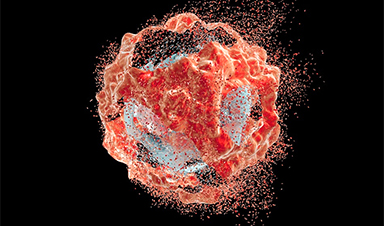
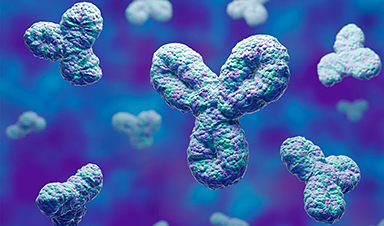

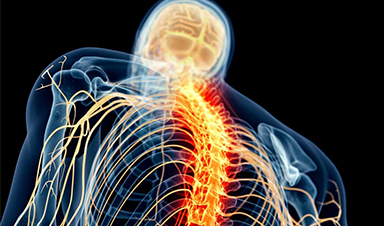
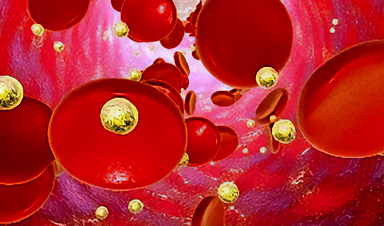












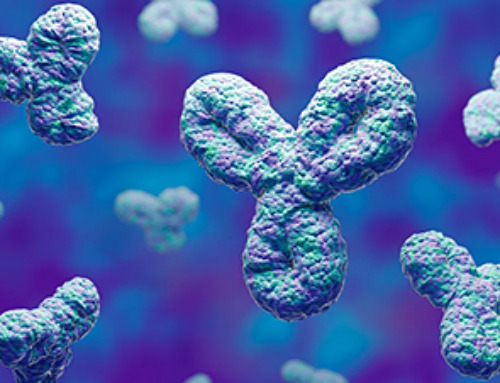

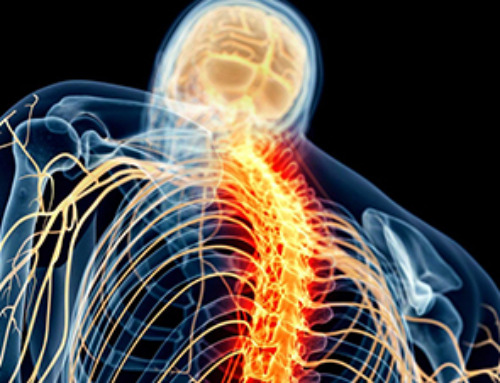
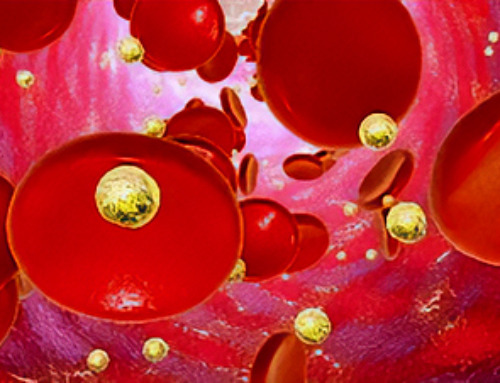

Leave A Comment